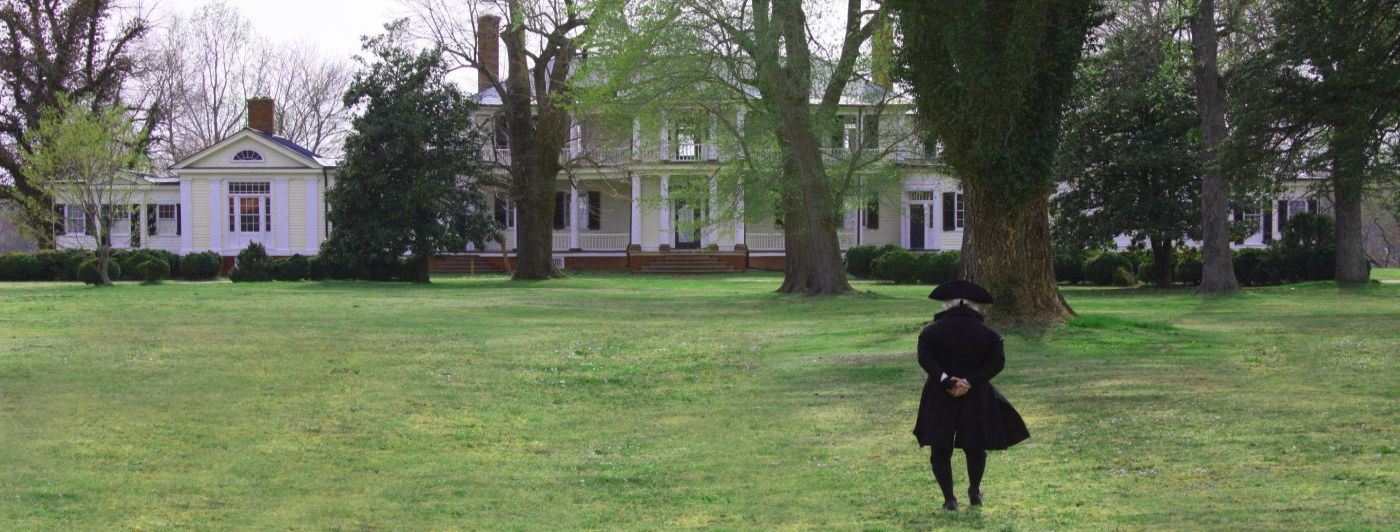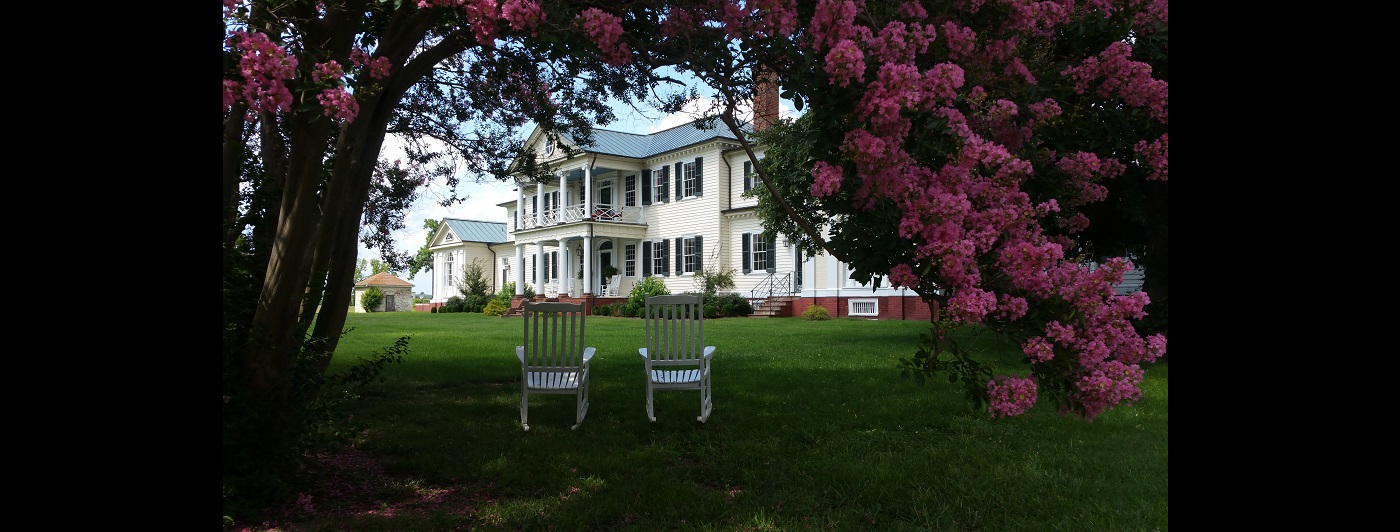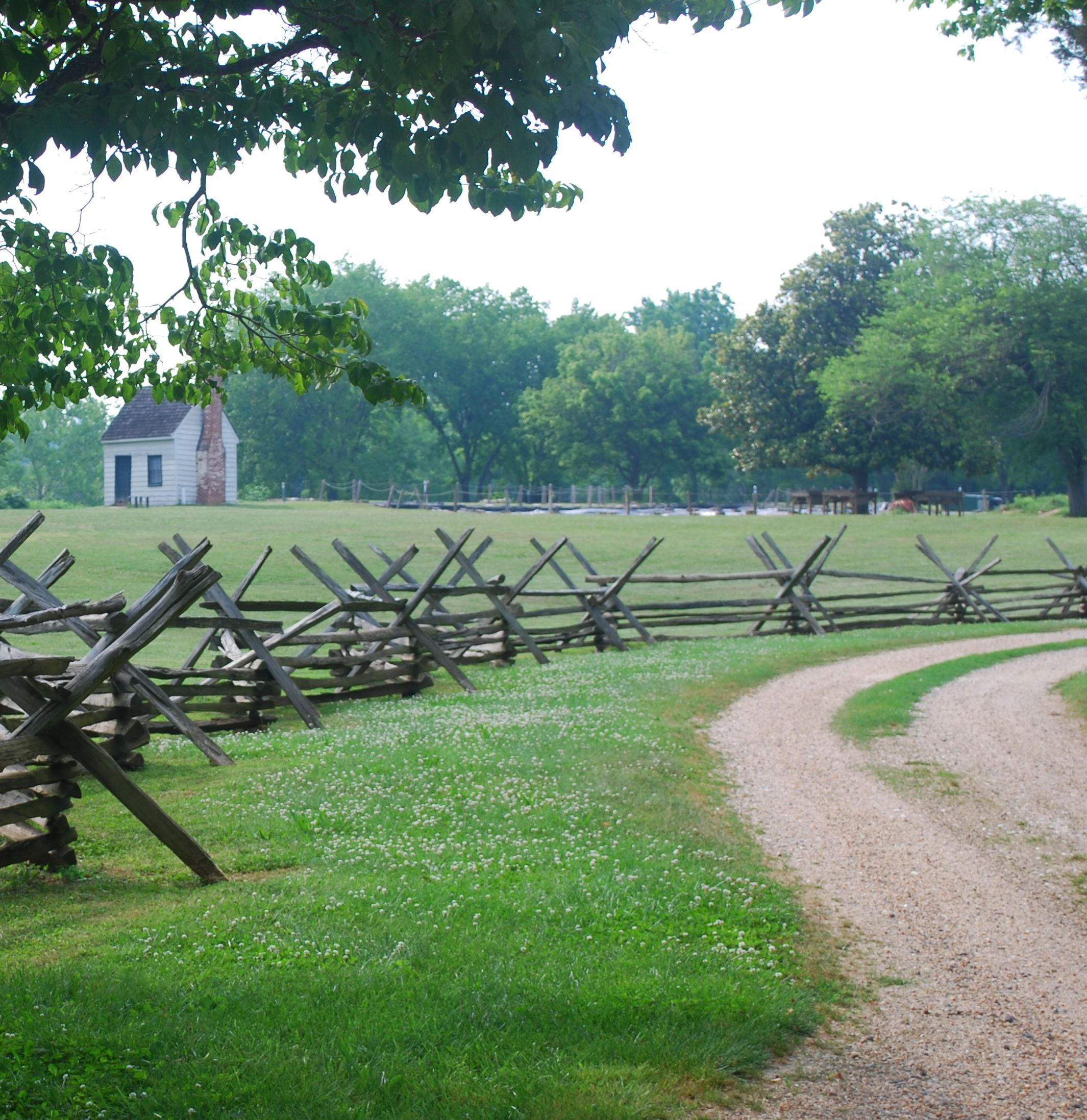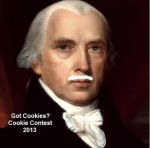Day Off for Meeting
On Tuesday, Brett and I had a meeting back at the plantation with several of the key people we need to get through our zoning process. As we drove up to the plantation, I spent the time playing with Twitter and learning some of the functions on my Twitter app. By the time we arrived at the plantation, I think I have figured some of it out.
I am not sure if you notice, but we also got “Pinned”!
 http://pinterest.com/bellegroveva/
http://pinterest.com/bellegroveva/
The first person to arrive was Doug from Fredericksburg Paving. He is going to be doing the paving we need at the entry from the highway. Then we had two officials from King George arrive, followed the representative from the Virginia Department of Transportation. As we were waiting, we were talking with everyone about the history of the plantation. And just as if it were on cue, over our head flew five eagles.
As we walked down the long driveway, I was talking to the VDOT rep and Doug. I asked them if they knew who all had rode or walked down this plantation drive. It was so much fun watching their faces as I told them about General Ambrose Burnside during the Civil War and the escape route of John Wilkes Booth and the detachment that followed and had stopped at the plantation to rest. I have to say for me, I still get chill bumps knowing the history that has passed through our plantation.
After viewing the drive and entry and reviewing the plan for the parking area, we got our answer as to what we needed to do for each. For the entry from the highway, we are not going to have to move the entry twenty feet to the north…whew! We just need to widen it as far as we can without adding a new covert or moving any utilities. As for the long driveway from the entry to front gate entry, we will be expanding the drive to 18 feet. We are currently at 14 feet. We may have to trim some of the limbs of the Red Cedars that line the drive, but at least we won’t have to cut any of these historic trees down. As for the circle drive around the bowling green, we will need to expand it out to 16 feet. It is also at 14 feet like the long drive. We will use the circle drive as a one way so we won’t need to have places for two cars to pass.
After all the zoning talk, Brett and I walked everyone through the Mansion. Only one of the visitors had ever been in the house. He had come during the restoration, but had not seen it since it was completed. As we walked around, we shared history and our ideas for each room. Giving tours of this grand house is one thing I have to say I just love. To be about to share the history that walked these halls is just…. priceless.
After we said our “good-bye” we decided to head to Historic Fredericksburg for a bite to eat. But being that we were here during the week, I talked Brett into stopping at Ferry Farm, George Washington’s boyhood home to see our favorite archaeologists, Mara and Jason. WE also got to meet a new friend Melanie. I brought along our new finds to see what we had. Of course, all the small items were all 2oth century, so no excitement there. But I know Mara is really into bottles, so I couldn’t wait to see if our bottle was something special.
After examining it, she thought it could be an extract bottle or medicine bottle dating somewhere around 1925-1928. Ok, so it’s not Civil War or Colonial, but I could take that. Plus it was the first item we had intact. After we arrived home, she had sent me an update on the bottle. Here is her final outcome:
“The bottle is indeed an extract bottle, although from what company remains to be seen. It does not appear to be utilized by Sauers, however. The reason we can never be sure of what company utilized this bottle is that the form is still prevalent today. So, the company that made the bottle was the Brockway Glass Company. This mark was utilized since 1925 so the bottle dates anywhere after that. They merged with Owens-Illinois Glass Co. in 1988 and that’s when that mark when out of use.”
So it could be anywhere from 1925 to 1988. Darn! But that’s okay. We are going to find so much more as we start doing landscaping!
We decided to stop at Capital Ale House on Caroline Street in Historic Fredericksburg for a bite. We have been here several times and it didn’t take long to figure out what we wanted.

Fried Potato and Cheese Pierogies with Onion and Applewood Bacon Bits topped with Melted Havarti Cheese and Herb Sour Cream
The best part was that we were able to see the manager we had meant the first time we came. Because it was in the middle of the afternoon and everyone else was at work, we were able to talk and catch up on things. When you come to see us, you have to stop in and see Jason and grab some awesome food!
As we headed home, we took a road that cuts through our plantation called Port Conway Road. We made a quick stop in an area called Dogue. Down the road from this area is another old plantation that dates back to the Colonial period called Cleves Plantation.
I had found it one day when I was exploring the area. You can’t really see the plantation house, but you can just image what it must look like. I found out today though that the original Colonial home burned down and that the house we saw was built in the early 1900s. I may have to do some research to find out more for you later.
As we arrived at our plantation and headed over the James Madison Bridge, I was able to catch the sun slipping down behind the trees across the river from our plantation.
The sunset continued as we passed through Caroline County into Essex County.
It was just so beautiful and wonderful end to our day of skipping work.
See more pictures and updates about Belle Grove on our Facebook Page!
Have you sent in your Cookie Recipe?
Don’t forget!
Deadline is January 31st!






























